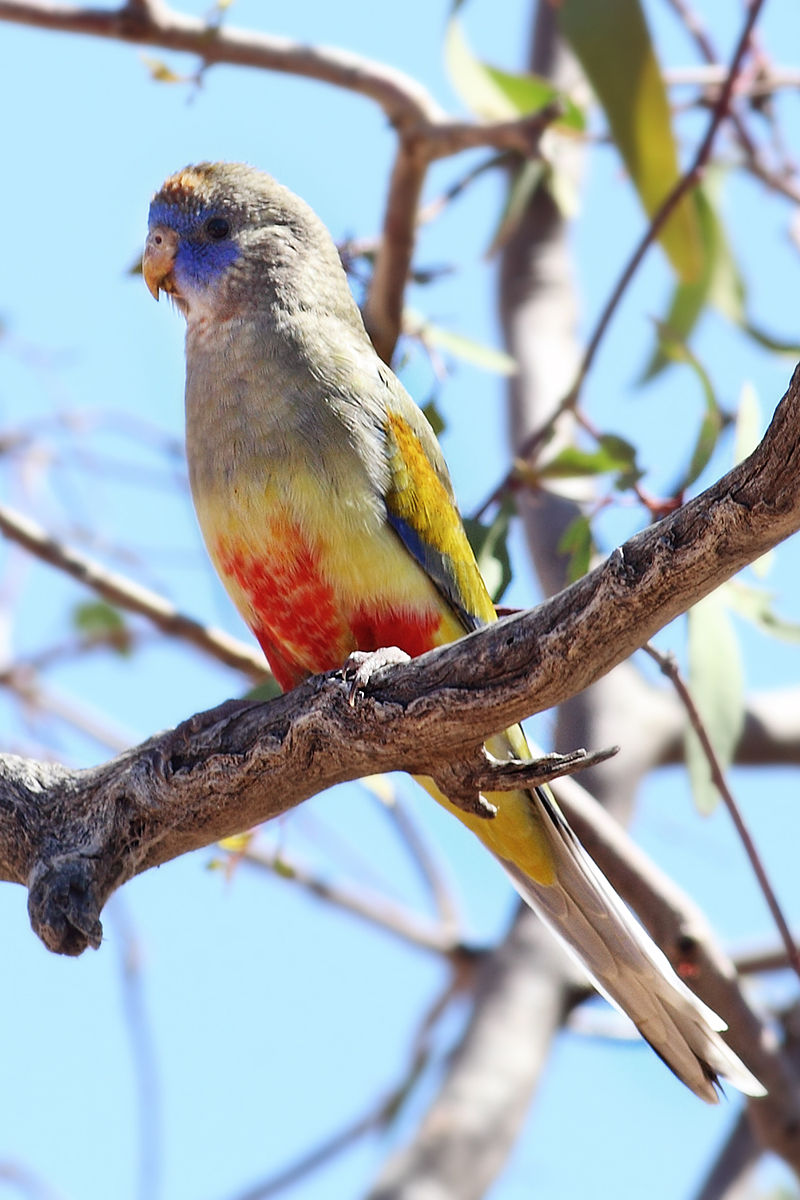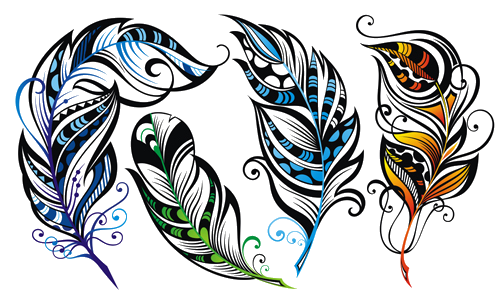Eastern Bluebonnet - Northiella Haematogaster - Least Concern
The eastern bluebonnet (Northiella haematogaster), also known as the greater bluebonnet, is an Australian parrot, one of two species in the genus Northiella. It was originally included in the genus Psephotus but due to distinctive physical and behavioural differences was reclassified into its own genus in 1994 by ornithologists and taxonomists Christidis and Boles. The bluebonnet is a medium-sized inland parrot commonly found in the interior of southeastern and central-southern Australia. It is adapted to life in semi-arid regions but can also flourish in regions of medium rainfall towards the eastern and southern extremities of its range.
Taxonomy: Once included in the genus Psephotus the eastern bluebonnet has been placed in its own genus due to its significant physical and behavioural differences form other members of Psephotus.[2] Throughout its range three distinctive subspecies are recognized:
Northiella haematogaster haematorrhous – commonly known as the red-vented bluebonnet is found in the northeast of the species range.
Northiella haematogaster haematogaster – commonly known as the yellow-vented bluebonnet is found in the central north of the species range between N. h. haematorrhous and N. h. pallescens.
Northiella haematogaster pallescens – commonly known as the pallid bluebonnet is found in the extreme northwest of the species range.
A fourth has been once again classified as a separate species, the Naretha Bluebonnet.
Where each subspecies overlaps there is a substantial amount of integration between the subspecies.
Description: The eastern bluebonnet is a medium-sized parrot with prominent crest-like head feathers.[2] All bluebonnets have a mostly olive-grey to brown upperbody, foreneck and breast, with the outerwing and leading edge to the folded wing being dark blue, a blue forehead and face. The bill is pearl grey, the cere is light grey, iris colour is brown-grey, and the feet and legs are dark grey. There is no seasonal variation in the plumage and there are no similar looking species to the bluebonnet parrot.
Body length – Male – 28–35 cm, Female – 26–32 cm
Wingspan – Male – 36–42 cm, Female 34–38 cm
Weight – 70-100g
Each subspecies displays significant geographical variation in plumage and size. Most differ by the amount of red on the underbody and the pattern of the inner upper-wing which varies from olive-yellow with a blue carpal patch and little or no red to mostly red with a blue-green carpal patch.
Subspecies descriptions – differences from nominate species
N. h. haematorrhous – the red of underbody covers the entire undertail and coverts area. On the folded wing the shoulder patch is mostly red and the leading edge is a much lighter blue-green around the carpal joint.
N. h. haematogaster – the lower underparts are yellow with a variable amount of red on the abdomen with a yellowish-olive wing patch.
N. h. pallescens – paler, showing much less contrast between the breast and pale yellow of the underbelly.
Adult Female – the sexes differ slightly with the females being slightly duller with less red on the belly than males. Females often also have a narrow off-white band across the underside of the inner primaries but this is not always present.[6]
Juvenile – similar to the adult female but slightly duller and usually have less red on the belly. The most distinctive feature of juvenile's is the brownish-orange colour of the bill which will become the pearl-grey adult colour within two months of fledging. Juvenile's will attain adult plumage when they moult at about three to four months of age.[7]
Call – harsh 'chack chack', flute like 'cloote' and a loud 'yak-yak-yak'.[8]

Psittaciformes, The Parrot Index, a part of Phoenix Feathers © 2016 - 2023
Page last updated: 12/24/23
Phoenix Feathers

